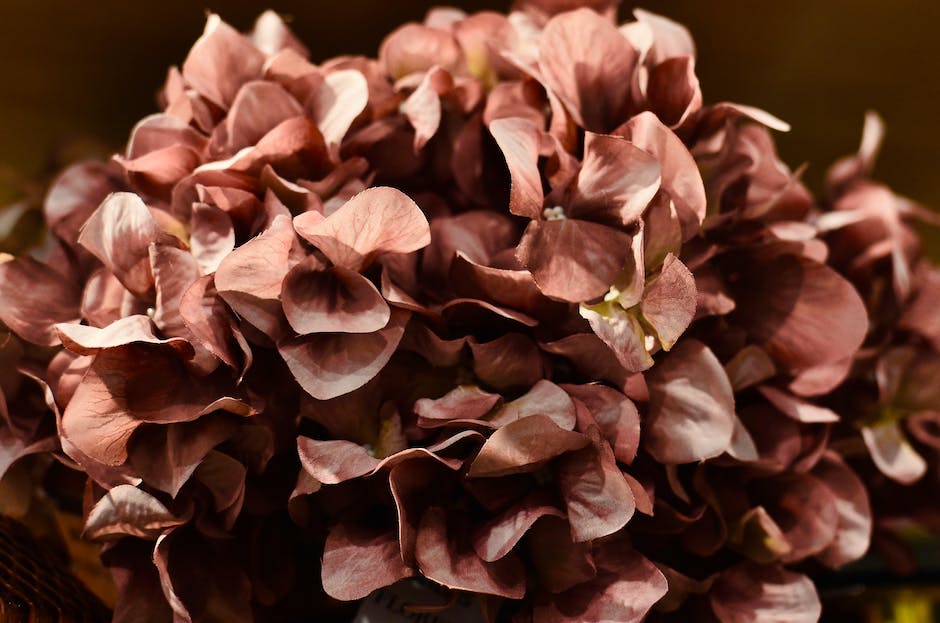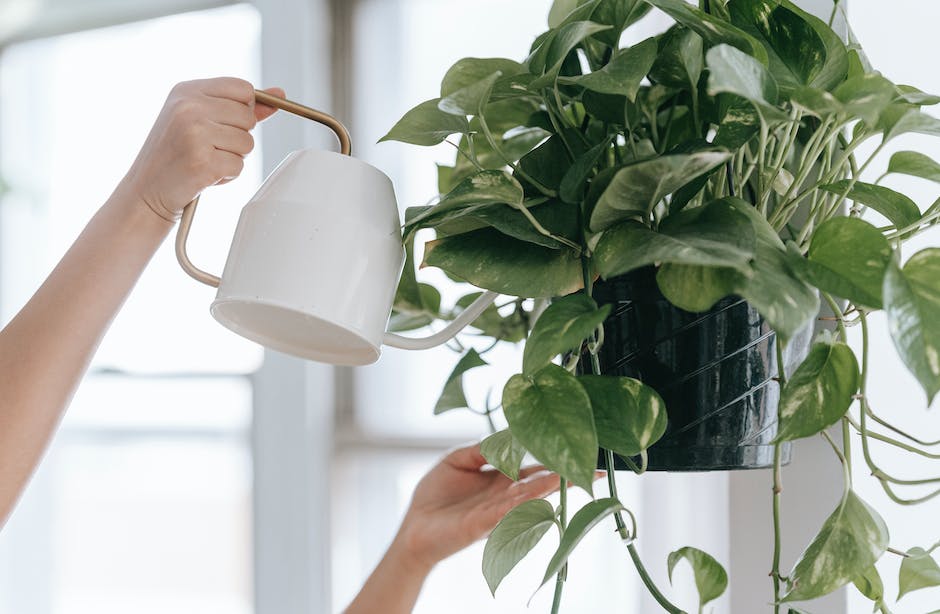Trimming Hydrangeas in Fall: A Detailed Guide

Hydrangeas, with their lush foliage and radiant blooms, make an eye-catching addition to any landscape, but their vibrancy and growth largely depend on proper care and pruning. Many hydrangea lovers wonder when is the best time to prune their beloved plants and if fall is an ideal time. The answer is not straight-forward, as it largely depends on the variety of hydrangea you have in your garden. Each species has unique pruning requirements tailored to its growth cycles, with some needing to be pruned in the fall and others in spring or summer. This necessitates an intricate understanding of proper pruning techniques, which involve more than just cutting back the plant. Precise pruning targets expired and aged branches, shapes the plant for optimal growth while preserving the health of the main stem.
Understanding the Types of Hydrangeas
Are you an enthusiast of brilliant blooms? If so, this corner of the internet is for you! Without a doubt, hydrangeas are a true beauty in any garden with their lush leaves and breathtaking clusters of flowers. Varied in types and hues, hydrangeas present gardeners with a delightful challenge and an opportunity to learn – each variety is pruned differently for optimum blooming!
Let’s immerse ourselves in the fascinating world of different hydrangea types and their unique pruning requirements. Once you’re through, you’ll be fully equipped with the knowledge to cultivate the most vibrant, lush hydrangeas your garden has ever seen!
First off, we have the popular Bigleaf Hydrangeas (Hydrangea macrophylla). This variety is known for their stunning summertime blooms, which can be either blue or pink depending on soil acidity. Pruning, for Bigleaf Hydrangeas, is best done immediately after they finish blooming, typically in late summer or early fall. Why so specific, you wonder? Well, this variety sets buds for the next year on old stems soon after blooming, and time-sensitive pruning is crucial to prevent you from accidentally removing those vital buds.
Next on our list, the Panicle (Hydrangea paniculata) and Smooth (Hydrangea arborescens) hydrangeas, distinguish themselves from the crowd with their cone-shaped flower clusters. Both varieties, lovely as they are, are not picky about their pruning. Cut back to about one-third of the plant’s height in late winter or early spring to encourage stronger stems and bigger blooms. The reason? These beauties form their flower buds on the current season’s growth, known as new wood.
The Oakleaf Hydrangea (Hydrangea quercifolia) brings an additional flair with its distinctive, oak-like leaves and elongated flower clusters. Similar to the Bigleaf Hydrangea, the Oakleaf variety sets its buds on old wood and hence, pruning should be executed soon after blooming in the late summer.
Finally, we have the Climbing Hydrangea (Hydrangea petiolaris), which captivates with its unique, vine-like growth and massive white clusters of flowers. Generally, they require little pruning, but you may wish to control size or shape by trimming after their blooming period.
Whether you’re new to hydrangeas or a seasoned gardener, understanding these diverse varieties and their pruning requirements can be a game-changer. It’s about ensuring these bloom-tastic beauties flourish in your garden. With the right techniques in hand, you’re all set to craft a hydrangea haven that leaves onlookers in awe. Happy gardening!

Proper Pruning Techniques
When discussing proper techniques for pruning hydrangeas, it’s important to keep in mind the unique characteristics and needs of each hydrangea type that have been previously covered. Essentially, employing the right strategy while pruning is pivotal to encourage a healthy, blooming display that adds color and vibrancy to any garden landscape.
The first step towards successful pruning is getting the correct tools. A sturdy pair of gardening shears will be the primary tool for most pruning tasks. They should be sharp to ensure clean cuts without bruising the fragile plant tissues. A pair of gardening gloves will provide protection against thorns and plant allergens.
One of the fundamental techniques when pruning hydrangeas involves making sure not to cut back too far. Pruning should involve more than just lopping off the top of the plant. Prune with the purpose of shaping the plant and removing old or diseased stems.
For instance, the Bigleaf hydrangeas and Oakleaf hydrangeas flower on old wood, i.e., stems that have been on the plant since the summer before the current season. For these, minimal pruning, preferably only deadheading (removing spent blossoms), and removal of dead stems should be performed in late winter or early spring. Cutting back too drastically could potentially prevent flower production for the next season.
In the case of Panicle and Smooth hydrangeas, they bloom on the new wood, i.e., stems that grow and become mature during the current season. Therefore, these varieties can be pruned back severely in late winter to encourage new stem growth.
A good pruning technique for Climbing Hydrangeas involves careful monitoring of the area it covers. Pruning can help manage its size if it begins to overwhelm its allotted space or neighboring plants.
Another essential element of appropriate pruning involves sterilizing your tools between each cut, particularly when removing diseased stems. This prevents the potential spread of bacteria or fungi which could negatively affect the overall plant health.
Remember, a well-pruned hydrangea not only illustrates good gardening practice but also paves the way for a visually appealing garden that continually blooms with success. Pruning hydrangeas is a mixture of art and science; it is about understanding the plant’s nature, respecting it, and nurturing it to show its absolute best. Happy pruning!

Hydrangea Care Post-Pruning
Now that we’ve thoroughly explored the art of pruning hydrangeas, it’s crucial we discuss the equally important element of aftercare. Take heed – the post-pruning care you provide for your hydrangeas will largely determine the health and aesthetic of these stunning blooms in their next flowering period.
Valuable nutrients are one of the key factors to consider in the aftermath of pruning. To ensure your hydrangeas continue to flourish, a well-balanced fertilizer is a must. It’s recommended to opt for a slow-release granular fertilizer with a high phosphorus count to promote root growth and bloom-boosting. Apply this fertilizer based on the product’s instructions and aim to make the earth around the plant’s base your prime target, as it will get right to the roots where it’s needed most.
Another factor of paramount importance is the hydration of the plant. Hydrangeas have a large leaf surface and evaporate lots of water. Therefore, it’s no secret these plants have a growing thirst and require ample water – the word hydrangea itself contains the word “hydro,” which hints at their need for lots of watering. This becomes even more critical when the plants are trying to recover from a pruning session. Aim to keep the soil where your hydrangea sits relatively moist. However, be cautious about overwatering, as the ground needs to drain adequately to prevent root diseases.
Mulching is another beneficial practice that shouldn’t be overlooked. A nice application of organic mulch around the base of the plant is an essential element of high quality aftercare. Mulch helps retain moisture, suppress weeds, and gradually enriches the soil as it decomposes. Remember to leave a small gap between the mulch and the stem to prevent any rotting.
It’s imperative to address wounded limbs promptly. Any damaged or torn stems left over from pruning can make the plant vulnerable to pests and diseases. A fungicidal coating can be used on these sections to seal the cuts and provide protection from potential threats, giving the hydrangea the best chance for a successful recovery.
Lasty, be patient and resist the urge to bedazzle these beauties too soon with additional pruning. Over-pruning can stress the plant further slowing down its recovery. It’s important to let the plant restore its energy reserves before any more pruning happens. During the early recovery stage, laid-back observation is the best course of action. Use this time to enjoy the subtle growth progressions and take note of any interesting changes.
Caring for hydrangeas post-pruning calls for a balance between supplemental care and natural recovery. Being attentive to these needs helps to ensure a spectacular show of lush blooms in the next season, a reward worthy of our diligent care. Keep in mind, each small action reveals our deeper commitment to these beloved blooms; a testament to the joy and fulfillment of cultivating hydrangeas and the larger world of gardening it represents.

By identifying the variety of your hydrangeas and implementing the correct pruning practices, you can dramatically boost their health and longevity. But, it doesn’t just stop with pruning. The aftermath is just as important, as your hydrangeas need specific care post-pruning. This involves feeding and watering the plant appropriately and shielding it from harsh temperatures or conditions. With this level of attention and commitment, your hydrangeas can flourish and continue to add breathtaking beauty to your landscape for years to come. Remember, nature rewards those who respect and work harmoniously with its cycles, and nowhere is that more obvious than in the world of hydrangeas.



